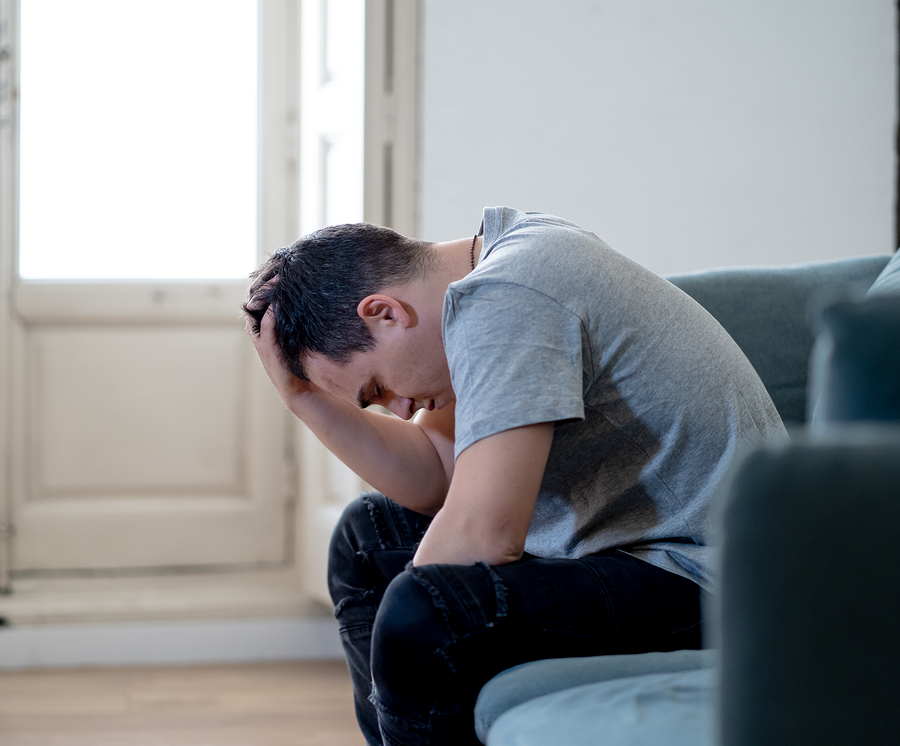
Depression is one of the most common mental illnesses in the U.S. and people tend to think of it as one general problem. However, depression can come in many forms and it affects people in different ways depending on their individual experiences and their specific diagnosis. Symptoms of depression can vary greatly and people who have gone through certain types of trauma may have their own form of depression.
The most general type of depression that people are familiar with is major depression which is diagnosed when someone has had depression symptoms for more than six months. People with this form of depression are not experiencing symptoms in relation to specific conditions but are struggling with long term feelings of sadness and hopelessness. Major depression may occur in just one episode or it can return several times during the person’s lifetime.
Another form of depression that is less severe is known as dysthymia which is a low intensity mood disorder. Symptoms may be similar to major depression but are less intense and will often last much longer. People with this disorder may not be completely disabled by their illness but they may still have problems functioning or feeling good.
Depression can also arise under specific circumstances such as in conditions like postpartum depression and seasonal affective disorder. Women with postpartum depression experience their symptoms for a period of time after giving birth. Seasonal affective disorder is a type of depression that occurs only in certain seasons, usually during winter.
Depression is also associated with other mental illnesses such as bipolar disorder which can include major bouts of depression as part of their different episodes. It is important for people with depression to get an accurate diagnosis so that they know which kind of depression they are dealing with and can get appropriate treatment.